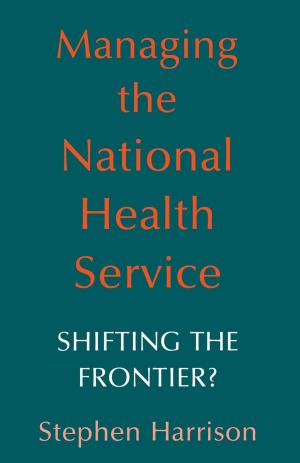Handbook of Economic Evaluation of HIV Prevention Programs
Nonfiction, Health & Well Being, Medical, Specialties, Preventive Medicine, Reference, Public Health| Author: | ISBN: | 9781489918789 | |
| Publisher: | Springer US | Publication: | June 29, 2013 |
| Imprint: | Springer | Language: | English |
| Author: | |
| ISBN: | 9781489918789 |
| Publisher: | Springer US |
| Publication: | June 29, 2013 |
| Imprint: | Springer |
| Language: | English |
If resources for HIV prevention efforts were truly unlimited, then this book would be en tirely unnecessary. In a world with limitless support for HIV prevention activities, one would simply implement all effective (or potentially effective) programs without regard to expense. We would do everything useful to prevent the further spread of the virus that has already claimed hundreds of thousands of lives in the United States and millions of lives worldwide. Unfortunately, funding for HIV prevention programs is limited. Even though the amount of available funding may seem quite large (especially in the United States), it is still fixed and not sufficient to meet all needs for such programs. This was very well illustrated in the summer of 1997 when over 500 community-based organizations applied for a combined total of $18 million of HIV prevention funding from the U.S. Centers for Disease Control and Prevention (CDC). Less than one-fifth ofthese organizations received support via this funding mechanism. Hence, although $18 million may seem like a large amount of money at first blush, it is not enough to meet all of the prevention needs that could be addressed by these community-based organizations.
If resources for HIV prevention efforts were truly unlimited, then this book would be en tirely unnecessary. In a world with limitless support for HIV prevention activities, one would simply implement all effective (or potentially effective) programs without regard to expense. We would do everything useful to prevent the further spread of the virus that has already claimed hundreds of thousands of lives in the United States and millions of lives worldwide. Unfortunately, funding for HIV prevention programs is limited. Even though the amount of available funding may seem quite large (especially in the United States), it is still fixed and not sufficient to meet all needs for such programs. This was very well illustrated in the summer of 1997 when over 500 community-based organizations applied for a combined total of $18 million of HIV prevention funding from the U.S. Centers for Disease Control and Prevention (CDC). Less than one-fifth ofthese organizations received support via this funding mechanism. Hence, although $18 million may seem like a large amount of money at first blush, it is not enough to meet all of the prevention needs that could be addressed by these community-based organizations.















